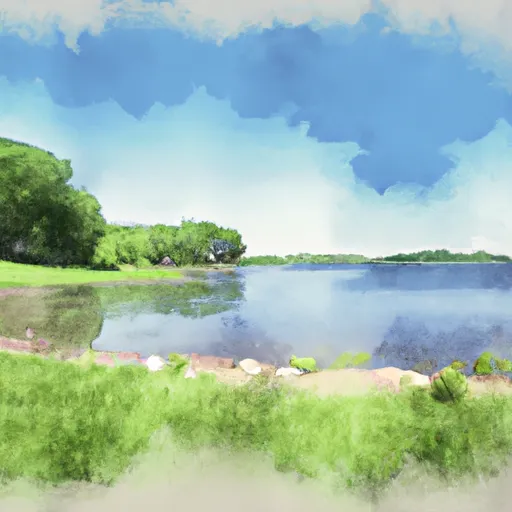°F
°F
mph
Windspeed
%
Humidity











Quimby, Iowa is a small town located in Cherokee County, in the northwestern part of the state. The climate in Quimby can be characterized as a humid continental climate, with hot summers and cold winters. The average temperature in July, the warmest month, is around 80°F (27°C), while in January, the coldest month, it drops to around 20°F (-7°C). Precipitation is fairly evenly distributed throughout the year, with an average annual rainfall of about 33 inches (84 cm) and an average annual snowfall of about 30 inches (76 cm).
Hydrologically, Quimby is situated in the Little Sioux River watershed. The Little Sioux River, along with several creeks and streams, flow through the area, providing opportunities for fishing and boating. Outdoor enthusiasts can also explore nearby parks and recreational areas such as the Pilgrim Lake State Wildlife Management Area, offering activities like hiking, birdwatching, and hunting. Additionally, the countryside surrounding Quimby provides picturesque landscapes for activities like camping, biking, and nature photography. Overall, Quimby offers a pleasant climate and various outdoor recreation opportunities for residents and visitors alike.
Weather Forecast
Quimby receives approximately 775mm of rain per year, with humidity levels near 82% and air temperatures averaging around 9°C. Quimby has a plant hardyness factor of 5, meaning plants and agriculture in this region thrive during a short period during spring and early summer. Most plants will die off during the colder winter months.
Regional Streamflow Levels
149
Cubic Feet Per Second
24,000
Cubic Feet Per Second
55
Cubic Feet Per Second
83
Cubic Feet Per Second
Nearby Camping
| Camping Area | Reservations | Toilets | Showers |
|---|---|---|---|
| Arrowhead Park | |||
| Pony Creek Co Park | |||
| Waubonsie State Park | |||
| Carson City Park | |||
| Glenwood Lake Park | |||
| Olde Towne Co Park |



